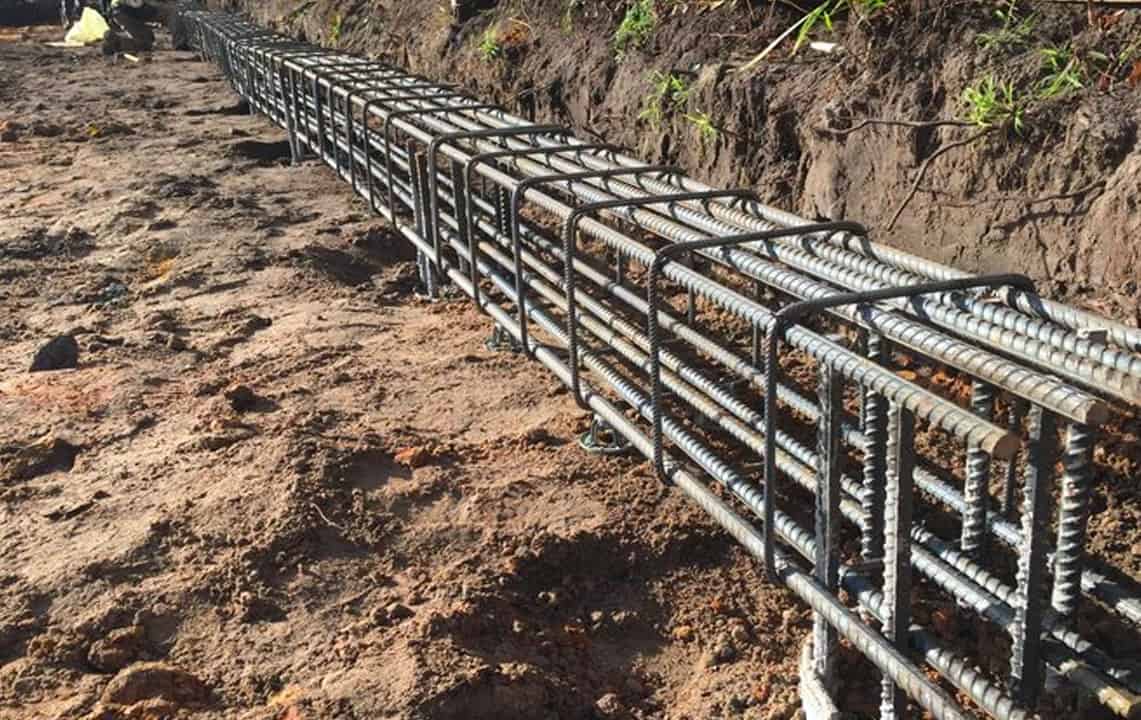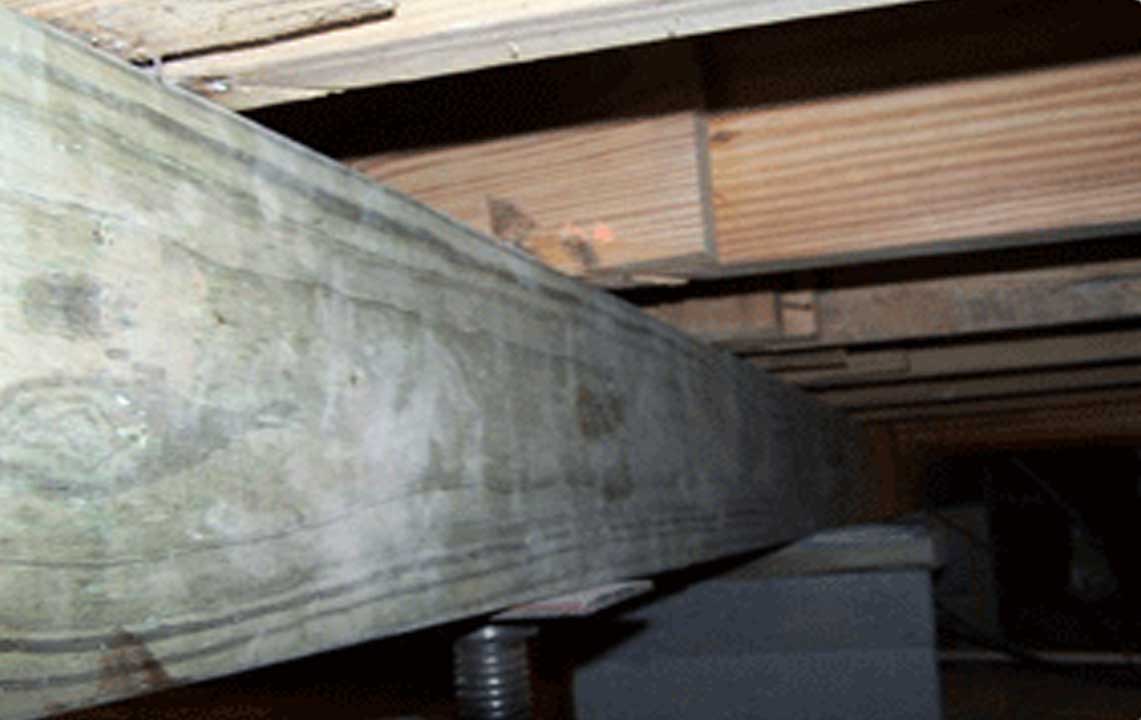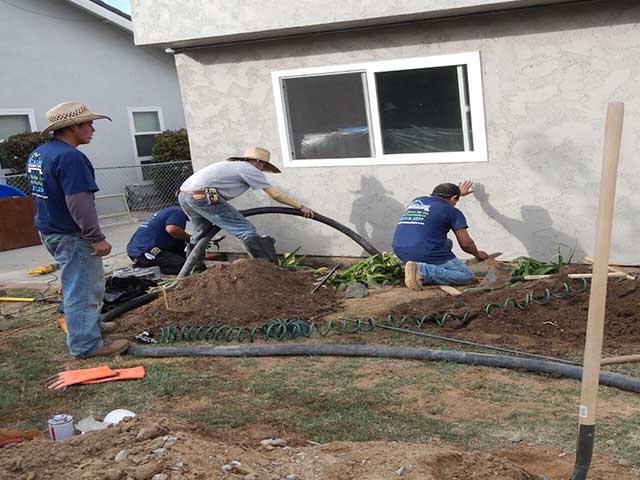Your foundation is in direct contact with the ground and links the building’s structure to the underlying zone of soil or rock. The foundation transfers the structure’s load to the underlying soil or rock while avoiding excessive settlement or movement.
Soil movement underneath a home can severely damage the foundation. That is why the soil beneath your home is often referred to as your second foundation. Below is a short description of foundation basics describing the different types of foundations you might have in your home. Your foundation is in direct contact with the ground and links the building’s structure to the underlying zone of soil or rock.



 After a thorough assessment, one of our foundation repair experts will provide you with a free*, no-obligation quote.
After a thorough assessment, one of our foundation repair experts will provide you with a free*, no-obligation quote.